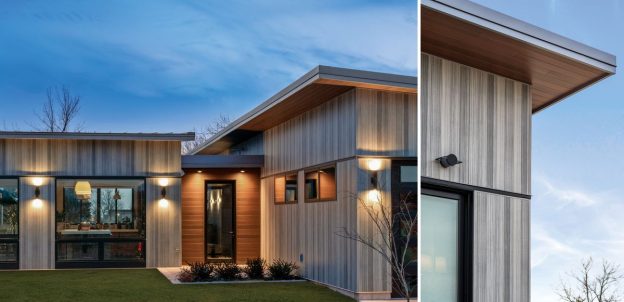Metal cladding has become an increasingly popular choice for both residential and commercial buildings due to its durability, versatility, and aesthetic appeal. This construction technique involves covering the exterior of a building with thin metal sheets, typically made of aluminum, steel, zinc, or copper. Metal cladding not only protects the building from the elements but also adds a modern and sleek look, making it a favorite among architects and designers.
With advancements in technology, metal cladding has evolved to offer various finishes, textures, colors, and profiles to suit different architectural styles and design preferences. Whether used as a standalone material or in combination with other materials like glass or wood, metal cladding provides a contemporary and elegant facade that can enhance the overall aesthetics of a building. In this article, we will delve deeper into the benefits, types, and applications of metal cladding in construction projects.
Metal cladding offers a wide range of benefits, including durability, low maintenance, and energy efficiency. By providing an extra layer of protection against harsh weather conditions, metal cladding can prolong the lifespan of a building while reducing the need for frequent repairs and upkeep. Additionally, the reflective properties of metal can help regulate indoor temperature, leading to lower energy consumption and utility costs.

Types and Applications
There are several types of metal cladding available in the market, such as corrugated panels, standing seam systems, and shingles. Each type offers unique aesthetic qualities and performance characteristics, allowing architects and designers to choose the best option based on their project requirements. Metal cladding can be used in various applications, including facades, roofing, and interior walls, adding a contemporary touch to residential homes, commercial buildings, and even industrial structures. For more ideas on how to enhance your home’s exterior appearance, check out these makeovers.
In conclusion, metal cladding has proven to be a versatile and durable choice for construction projects, offering a modern aesthetic appeal while providing protection and energy efficiency benefits. With a variety of finishes, textures, colors, and profiles available, architects and designers have the flexibility to create unique and stunning facades that enhance the overall appearance of buildings. Whether used for residential homes, commercial buildings, or industrial structures, metal cladding continues to be a popular option that combines both functionality and style in the world of architecture and design.

Leave a Reply